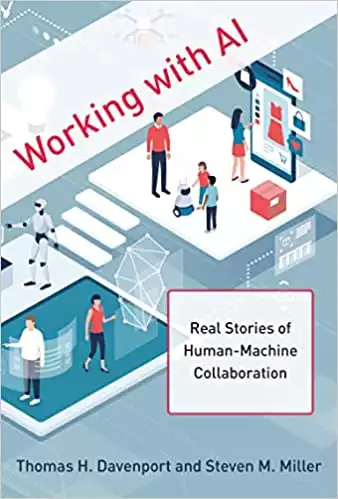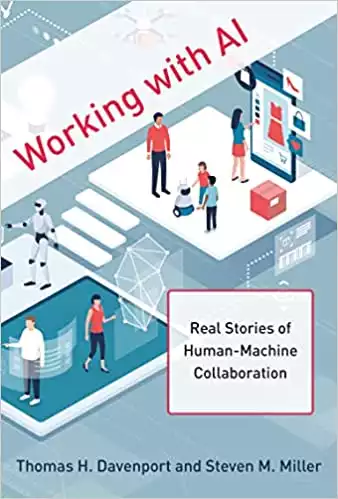Introduction
A major step in the development of computer vision systems, AI-based machine learning models, and prediction applications is building well-optimized training data, i.e., the training data that consists of high-quality image annotation and labeling.
The AI training data, as a matter of fact, is a principal prerequisite for enabling computer vision systems to recognize, obtain, characterize, and interpret results. Autonomous vehicles, medical imaging, and security & surveillance are some of the AI applications that use computer vision. Image annotation eventually tends to be the most critical part of the AI implementation plan for almost every industry that aims to implement automation in their business or industrial process.
What is Image Annotation?
Data labeling is necessary for supervised machine learning models to function effectively. Images and videos are the visual data labeled in image annotation. There is often a lot of manual work involved in image annotation. In order to train a computer vision model, the engineer determines the labels or “tags” for the image. Rightly performed image annotation can provide the computer vision system an eye to visualize, understand, and categorize the data around. However, a computer’s ability to detect and categorize things is based on multiple patterns consisting of raw datasets and unstructured images & videos.
Also Read: 50 AI Terms You Should Know
Our Approach to Image Annotation
A machine learning model (ML)’s output depends on the quality of the data used to train it, no matter how big or small the project is. The annotation of data plays a crucial role in the process. In short, machine recognition involves marking machine-recognizable content in different formats, such as texts, images, and videos, using computer vision or natural language processing (NLP).
Data labeling helps ML models make accurate predictions and estimations by tagging objects on raw data. To achieve high-quality results from ML models, we annotate the data, keeping in mind the functionality of the machine learning model and its output. Whether the speech recognition model is deployed in chatbots or speech recognition, we ensure that the training data we deliver get the best results in line with the industry-specific requirements.
Use Cases of Image Annotation
Annotating images and videos carefully enables many use cases in various industries. Among the services we provide is the annotation of imagery, and we have produced training modules for various applications and use cases for imagery data. Below are some industries where image annotation makes a pivotal contribution to the development of AI training data for the respective machine learning models:
- Medical
- Retail
- Security & Surveillance
- Insurance & Banking
- Autonomous Driving
- Agriculture
- Robotics
- Sports Analytics
- Fashion
The world of sport and fitness, for instance, greatly benefits from image and video annotations as AI systems take off. The AI applications can assist professional sportsmen and amateur athletes in improving their performance through appropriately processed skeleton annotation. AI models based on computer vision can now understand human movements and infer specific data.
Our Image Annotation Practices
Companies using AI to explore image data have exponentially increased the use of image annotation in the last few years. Companies working in AI and machine learning space have also become increasingly concerned with creating an effective and comprehensive image annotation for computer vision systems. However, there are some ideal characteristics that we, being a top image annotation company, tend to employ in our data processing practice to get everything in line with the business process automation requirements.
Here are three key characteristics of our annotation & labeling practices:
Employs both Automated & Human-in-the-Loop Approaches in the Annotation Process
Even though automated annotation mechanisms may promise a certain degree of accuracy, precision in annotation work can be risked due to the lack of certainty about the degree of accuracy until investigated. In contrast, human annotation takes more time, is more expensive, and is more accurate. We at Cogito employ both automated and human-in-the-loop approaches to promise the fast delivery of training data while not losing anything in terms of quality.
Consistently Deliver High-quality Data with Custom Annotation
Deploying the adequately annotated and labeled training data is the key to producing the best output from any machine learning mode. When the data quality and consistency are good, an ML model can make accurate predictions. Flexibility is at the core of our data annotation and labeling approach as we aim to fulfill our clients’ expectations with custom annotation — the annotation personalized to the machine learning models and that sits well with the AI algorithm deployment in the computer vision systems.
Work With The Best Annotation Platforms and Tools
A well-trained workforce and the right data annotation tools are necessary for producing high-quality training datasets. In order to select the right annotation tool, one must understand the different types of datasets used for AI implementation. Cogito has been in the AI and machine learning space for more than a decade, and we, being an accomplished image annotation expert, have learned to hand-pick the best annotation platforms and tools to work with for handling data annotation and labeling tasks.
Conclusive Thought
We at Cogito have been a key contributor to training data development strategies for a wide array of industries and use cases — our resounding decade-long journey in the AI and machine learning space as a data annotation & labeling expert says it all. Our image annotation and labeling approach have always been in line with the industries’ automation requirements. Outsourcing your image annotation to Cogito promises high-quality training data delivery for your business processes irrespective of the type and size of the industry — we are way beyond the competition in terms of training data accuracy and timely delivery. Originally published at https://www.cogitotech.com/blog/image-annotation-a-quick-insight-into-how-we-at-cogito-annotate-images












